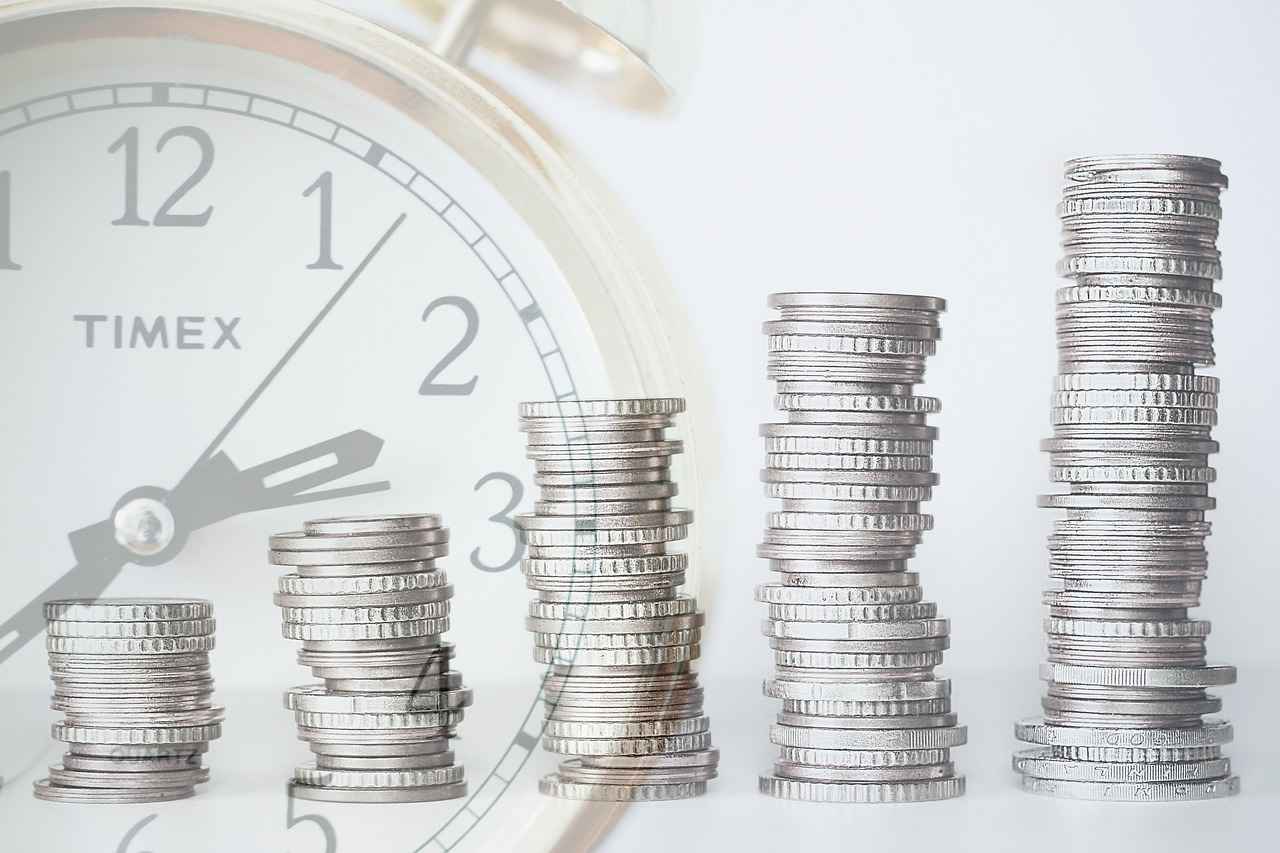Opportunity cost is a spender’s greatest enemy. In a country like America, where overspending is a norm, failing to adopt better financial habits poses a significant threat to our economic health.
In 2018, feeling the cabin fever from being a new stay-at-home dad, I joined a softball league in San Francisco. Tennis was my usual sport, but I was ready for something different. The league was a fantastic experience, introducing me to a diverse group of people. One of these people was Bob, the league’s organizer and a fellow real estate enthusiast. We hit it off discussing various investment strategies, particularly those involving properties with ocean views in San Francisco.
The Arrival Of A New Tesla
One weekend in September 2018, Bob turned up at a game driving a shiny new red Tesla Model 3. He was ecstatic, showing off its features, including remote maneuvering via his iPhone. Impressive as it was, the $53,000 price tag gave me pause. As the creator of a financial advice platform, I advocate spending no more than 10% of your annual income on a car. This guideline is often overlooked, making car purchases one of the most frequent financial missteps in America.
Given Bob’s career as a preschool teacher, I estimated his salary at about $70,000 annually, making his new Tesla purchase amount to about 75% of his yearly earnings—much higher after taxes. Despite my concerns, I chose not to pass judgment and simply listened as he shared his excitement about his purchase.
The True Cost Of Owning A Car
The real expense of owning a car extends beyond the purchase price. It includes monthly payments, maintenance costs, auto insurance, and the inevitable fines for parking and moving violations in a big city. All these are predictable expenses. But owning a car also exposes you to potential accidents, increasing your insurance premiums after claims.
Biggest Cost Of Owning A Car: Opportunity Cost
However, all these pale in comparison to the opportunity cost, which is the real crux of financial missteps when it comes to car ownership. Captivated by Bob’s enthusiasm, I test-drove a Tesla myself and understood the allure. Yet, rather than buying the car, I purchased Tesla stock, which initially saw great returns but later reminded me of the volatility of the stock market.
Opportunity Cost Is Painfully Real
Investing the money you might otherwise spend on a depreciating asset like a luxury car can lead to significant gains in appreciating assets like stocks or real estate. For example, instead of buying a pricey car, investing in the S&P 500 or other asset classes could yield a better return, enhancing your financial independence.
Bob enjoys his Tesla daily and benefits as a shareholder too, which softens the blow of the car’s high initial cost. But for most, if financial freedom is the goal, spending beyond your means on a car can hinder your ability to invest and grow your net worth.
An Investor’s Lament
Reflecting on missed opportunities and the ups and downs of stock investments, I realize the importance of diversifying investments and keeping an eye on future growth. While index investing is steady, real wealth requires taking calculated risks that surpass average efforts in your investments, career, or business.
Be More Responsible Financially
Maintaining a modest car expense is crucial given the substantial opportunity cost associated with high-end vehicles. This approach allows for more significant investment in assets that appreciate, such as real estate, potentially leading to greater financial freedom and security.
Investing in real estate platforms like Fundrise and Crowdstreet can offer hands-off income and growth, particularly in up-and-coming regions. These investments have allowed me to diversify my portfolio and capitalize on demographic trends favoring more affordable areas.
By understanding and managing opportunity costs, you can make better financial decisions that align with long-term wealth accumulation and financial security.












































